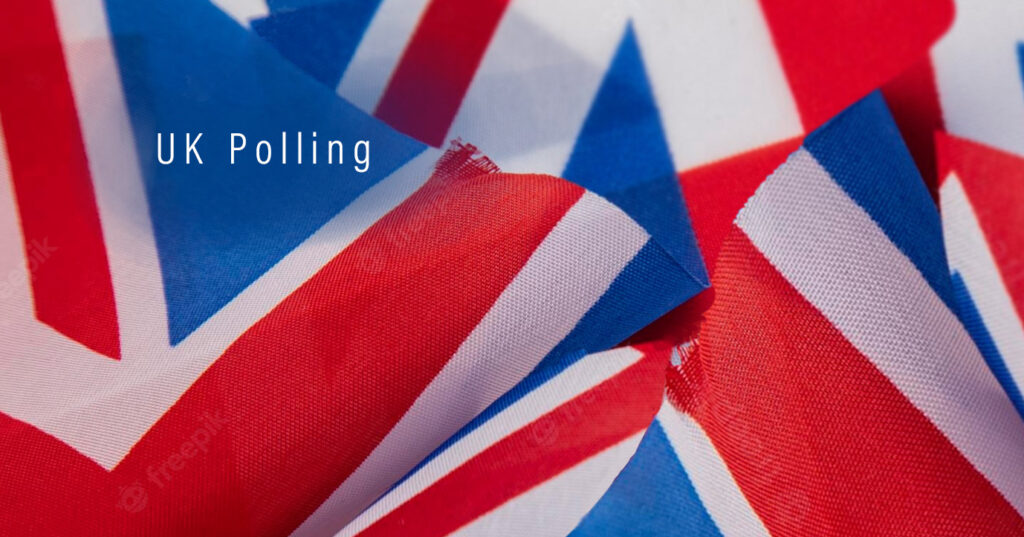
In my latest round of battleground research I have returned to the fourteen Conservative-held seats with Labour in second place that I first polled in the spring. The most striking feature is that rising support for UKIP has eroded the swing to Labour. Though the Tories are down a point on their share in March and April in these seats, Labour are down by three points and UKIP are up five.
There are three points worth noting about this. First, the most immediately striking effect of this shift is that UKIP now lead in two seats – Thurrock and Thanet South. They have also jumped to second in Great Yarmouth, where the Tories are now ahead, having been behind Labour in my previous round of polling.
Second, it means that UKIP’s national vote share is not the most useful guide to their prospects at the election. Though they score 21% across this battleground, their vote in these seats ranges from 9% in Hendon to 31% in Great Yarmouth, 33% in Thanet South and 36% in Thurrock. We will see whether the party can sustain this level of support in these constituencies for another ten months. But with Nigel Farage planning to concentrate his party’s resources in just 25 targets, UKIP’s impact is likely to be felt in a series of local contests to which their headline vote share may bear little relation.
And third, it means that if UKIP’s vote share erodes between now and the election, the Conservatives are unlikely to be the only beneficiaries.
As for the Liberal Democrats, their 4% share on this battleground represents an 11-point drop since 2010. If these results were repeated next May the Lib Dems would lose their deposit in ten of these fourteen seats. Only one in five Lib Dem voters from 2010 who named a party said they would vote Lib Dem again at the next election; 36% said they would vote Labour, 17% UKIP, 13% Conservative and 11% Green.
A nine-point fall in the Tory vote share in these seats since 2010 (from 40% to 31%) points to a 4.5% swing to Labour, whose score is unchanged at 38%. This would be enough for Labour to win 53 Conservative seats if repeated across the board at the general election – which, combined with the 17 seats my recent polling suggested they could gain from the Lib Dems, would be enough for a small overall majority.
But as we have seen throughout my series of battleground polls, swings are looking anything but uniform. In this survey the swing from the Tories to Labour ranges from 2% in Stockton South to 9% in Wolverhampton South West. And as we see in this survey, localised UKIP performance could scupper Labour’s chances in seats that Ed Miliband might otherwise hope to take.
Despite Labour’s overall lead in voting intention, fewer than three in ten voters in these seats said they would rather see Ed Miliband in Number Ten than David Cameron, including only 64% of Labour voters. Indeed only just over half (53%) of those switching to Labour from another party said they would prefer to see Miliband as Prime Minister. This could mean that they intend to vote Labour despite its leader. Alternatively, it might suggest that these new Labour voters are “soft” and could be persuaded back to their previous parties when it comes to the crunch. Future rounds of this tracking study will help to establish which is true.
Only a quarter of UKIP voters said they would rather have Miliband as PM, and nearly nine out of ten (87%) Conservative defectors to UKIP preferred Cameron to the alternative.
Just over half of respondents, including a majority of Labour voters, expected the economy to do well over the next year both for the country as a whole and for themselves and their families. UKIP voters were the only group among whom only a minority (49%) was optimistic.
Local campaign activity has risen throughout the battleground since my previous poll in these seats. Just over a fifth (22%) said they had had literature, direct mail, visits or telephone calls from the Conservatives in the last few weeks. This ranged from 10% in Thanet South to 38% in Stockton South. It may not be a coincidence that these are the seats with the second biggest and the smallest swings away from the Tories respectively. Labour had contacted 21% of voters, and UKIP 16%.
When it comes to people’s preferred election result, there was a small drop in support for a new coalition of either combination, while preference for a Conservative government was up three points to 29% and a Labour government up two points to 36%. Combined with higher numbers of each party’s supporters saying they now ruled out voting for one of the other parties, this may suggest that voting intentions may be starting to harden.
Meanwhile, to close in time-honoured fashion, there are still nearly ten months to go and this poll, like all polls, is a snapshot not a prediction – as will the next instalment of my battleground research, currently in the field.
14,004 adults were interviewed by telephone in 14 constituencies between 18 June and 16 July 2014.


